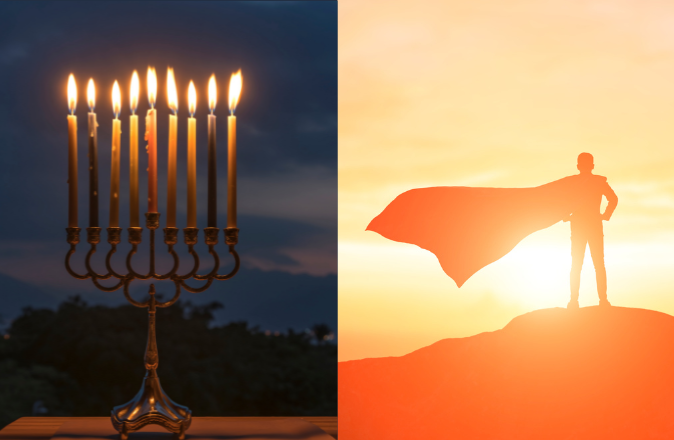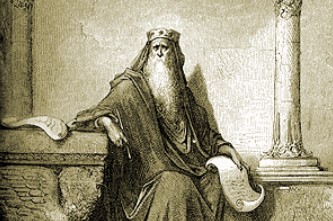Why Does a Chanukiya Look Like That?
Abstract
This is a lesson plan provided by the National Library of Israel.
While the chanukiya is specific to Judaism, cultures and regions greatly impact the chanukiya’s appearance. However, according to Rabbinic tradition, there are specific requirements for a chanukiya to be “kosher” (qualified to fulfill the Rabbinic commandment). The Chanukiyot in this resource represent unique chapters in history from around the world. Learners will have the opportunity to analyze these unique chanukiyot themselves and study the rabbinic texts which outline the technical requirements for a chanukiya. In addition, students will design their own chanukiya aligned with the rabbinic texts and with a personal motif.
The learner will:
- understand that there can be many different shapes and sizes of chanukiyot.
- know the basic elements that need to be included in every chanukiya.
- be able to create and describe how their Chanukiya fulfills the requirements in the Rabbinic sources and is enhanced by their own motif.
| About the National Library and its educational materials:
The mission of the National Library of Israel is to provide a home for items of national, historic or cultural significance. Each of these primary sources serve as unique entry points into the collective memory of the people of Israel as well as the Jewish people worldwide. The education department at the library curates the collection of primary sources and uses them as windows into the past; to foster a deeper understanding of Jewish history, and to enable learners to personalize and connect to earlier events. |
When you click on the National Library of Israel resource link featured above, you will find the following educational building blocks for the creation of a lesson plan:
- A group activity to open the lesson and engage the learners.
- Discussion ideas and/or questions that are designed to get the learners thinking more deeply about the content.
- A creative activity that gives students the opportunity to go beyond learning and analyzing, to crafting something new, that personalizes how they relate to the primary sources featured in the resource.
- The primary sources in this resource have individual links (listed in Expand your horizons below) that provide expanded information. In addition there are nuanced discussion questions that will enable students in small groups to engage independently and effectively in the process of observing, interpreting, and connecting to the primary sources.
Link to the lesson plan:
Why Does a Chanukiya Look Like That?
Computer, Arts and Crafts for Making Chanukiyot




